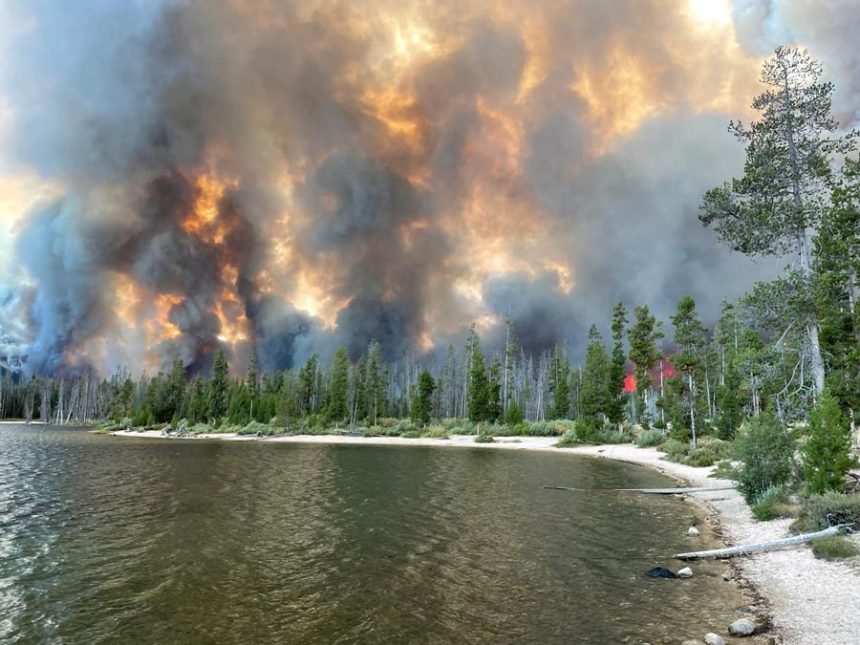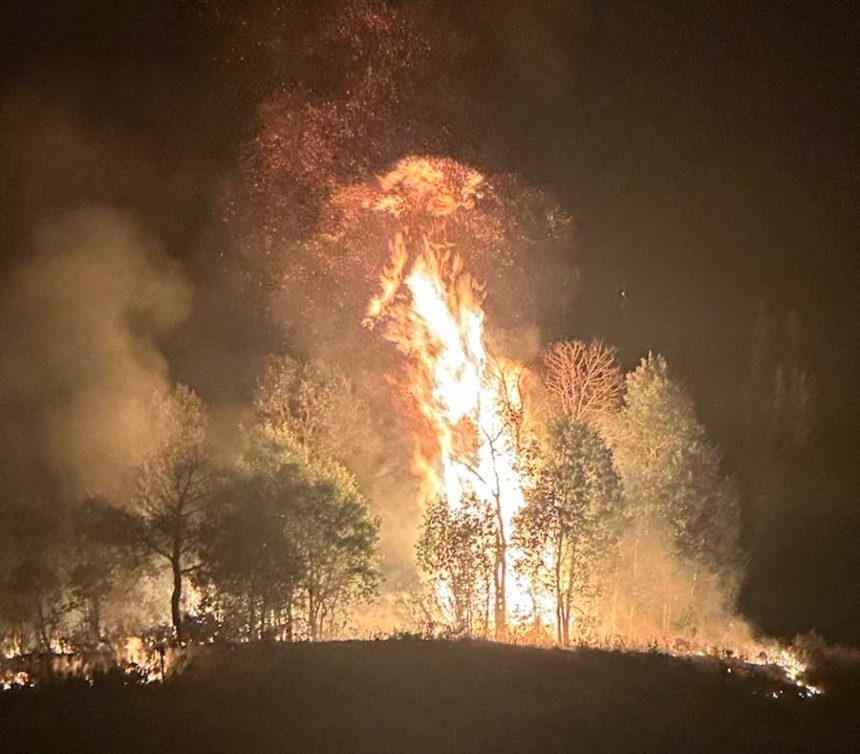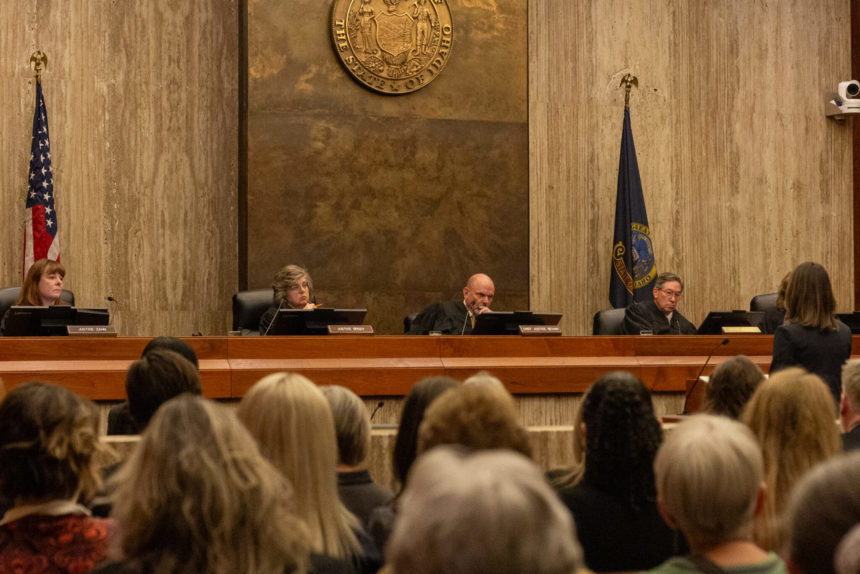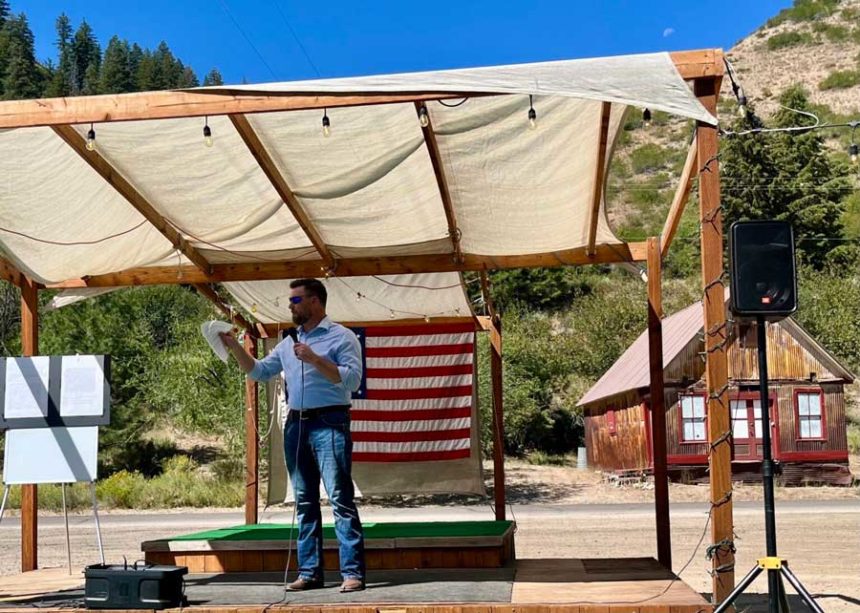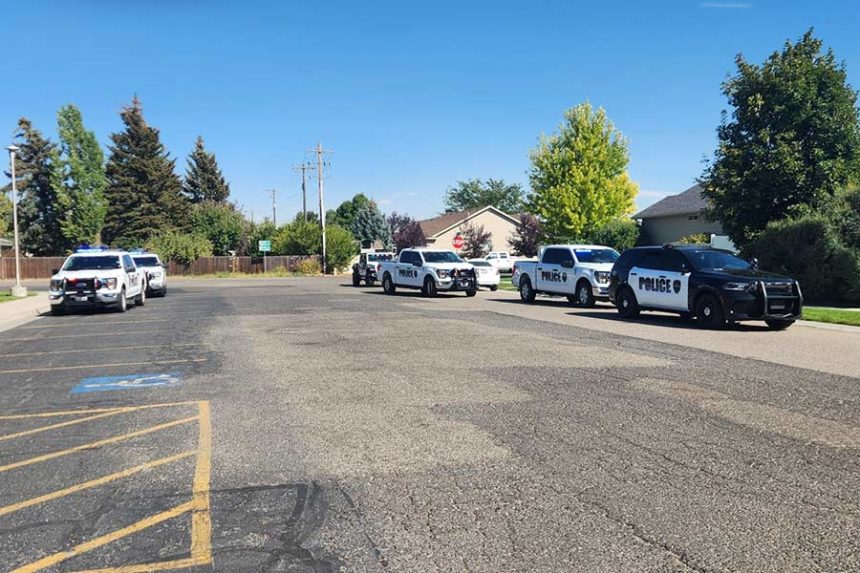BOISE (Capital Sun of Idaho) On Tuesday, a board led by Governor Brad Little of Idaho granted the state the power to cover wildfire-fighting bills in the event that costs beyond the funds available from the Idaho Legislature.
At the Idaho State Capitol in Boise, the Idaho State Board of Land Commissioners, also known as just the land board, agreed Tuesday to allow the use of deficiency warrants to cover wildfire suppression expenses in the event that those expenses exceed budgetary funds.
Idaho State Controller Brandon Woolf would have the authority to draw deficiency warrants against the state’s general fund budget if the expenses exceeded the budgeted amount.
The procedure, which essentially amounts to using a credit card to pay wildfire expenditures that exceed financing, is permitted by state law.
The Idaho Capital Sun previously reported that the Idaho Legislature voted earlier this year to allocate $40 million from the state’s Fire Suppression Deficiency Fund to combat wildfires this year. However, this amount is less than the actual costs the state expended to combat wildfires last year.
The state spent almost $58 million battling wildfires last year.
Little requested $60 million this year to help pay for wildfires, but the Idaho Legislature only gave $40 million.
The land board’s approval of the deficiency warrant financing power on Tuesday comes as state authorities anticipate a higher risk of catastrophic wildfires this year due to the quick melting of snowpack and predictions of hot, dry weather.
Idaho State Forester Julia Lauch, Bureau of Land Management meteorologist Jim Wallmann, and Fire Bureau Management Chief Josh Harvey gave the board an update on the summer fire season outlook during Tuesday’s land board meeting.
Therefore, Wallmann informed the land board, “we’re really anticipating the possibility of a very active season right now to continue into September.”
Excess wildfire bills could impact state budget that has seen revenues fall below projections
The state budget, which is already facing income shortages compared to the Idaho Legislature’s forecast, might take a further blow if Idaho has a severe fire season this year and excess wildfire costs necessitate deficient warrant spending.
Revenues for the fiscal year 2026, which ends on June 30, have so far fallen approximately $141 million short of what the Idaho Legislature had anticipated.
It is still anticipated that the state would close up the year with a positive cash balance of roughly $278 million. The $278 million ending balance, however, is less than the $420 million ending balance that Idaho lawmakers had anticipated as recently as April 4, the last day of the 2025 legislative session.
Any further wildfire bills from deficient warrants might further lower Idaho’s anticipated year-end balance, depending on timing and expenses.
According to Idaho Education News on Tuesday, Little’s budget office released guidelines telling state agencies to internally plan for up to 6% midyear budget holdbacks and limit expenditure requests for the upcoming year.
According to state authorities, Idaho’s economy is still robust and healthy, but this year’s more than $450 million in tax cuts enacted by the Idaho Legislature lower the state’s available revenue.
According to state budget records, Idaho is lowering its revenue predictions for next years due to slower growth in sales tax income in addition to the revenue loss for tax cuts.
